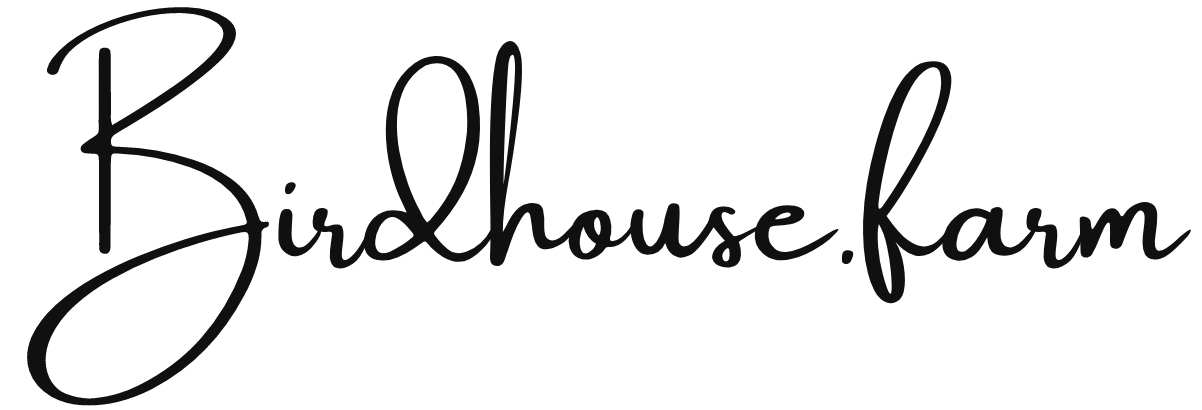How to Make Your Yard Pollinator-Friendly as We Transition into Fall and Winter
As the days grow shorter and the temperature drops, many of us start to prepare our gardens for the winter months. However, the changing seasons don't have to mean the end of support for pollinators in your yard. In fact, fall and winter can be a crucial time to create a habitat that supports these essential creatures.
Here’s how you can make your yard pollinator-friendly as we transition into fall and winter.
1. Plant Late-Blooming Flowers
Even as the temperature cools, some flowers continue to bloom and provide valuable nectar for pollinators. Consider planting late-blooming varieties like asters, sedums, and chrysanthemums. These flowers offer a much-needed food source for bees, butterflies, and other pollinators before they settle in for winter.
2. Provide Winter Shelter
Pollinators need shelter to survive the colder months. Leave some stems and leaves in your garden, as they provide overwintering sites for bees and other insects. Additionally, consider creating or installing insect hotels or brush piles where pollinators can find protection from the elements.
3. Leave Seed Heads
Many pollinators rely on seeds as a food source throughout the winter. Allow seed heads from plants like coneflowers, sunflowers, and black-eyed Susans to remain in your garden. These not only provide nourishment but also offer shelter for insects.
4. Create a Water Source
Water is essential for all creatures, including pollinators. During the winter months, natural sources of water may be scarce. Provide a birdbath or a shallow dish with fresh water, and ensure it doesn’t freeze over by using a heater or placing it in a sheltered location.
5. Add Native Plants
Native plants are adapted to the local climate and can offer better support for local pollinators. Incorporate native species that provide food, shelter, and nesting sites. Plants like goldenrod and winterberry are excellent choices that will continue to support pollinators through the colder months.
6. Reduce Pesticide Use
Pesticides can harm pollinators, especially as they prepare for winter. Minimize or eliminate pesticide use in your garden. If you need to address pest issues, opt for organic or natural solutions that are less likely to impact pollinators.
7. Provide Nesting Materials
Help pollinators find a place to nest by providing materials like twigs, leaves, and straw. These materials can be used by bees, butterflies, and other insects to build nests or shelter during the winter.
8. Educate and Advocate
Share your pollinator-friendly practices with your neighbors and community. The more people who understand the importance of supporting pollinators, the more widespread these beneficial practices will become. Advocate for local initiatives that promote pollinator health and protection.
By implementing these strategies, you can ensure that your yard remains a welcoming habitat for pollinators throughout fall and winter. Not only will you be supporting these vital creatures, but you’ll also contribute to a healthier and more diverse ecosystem.
